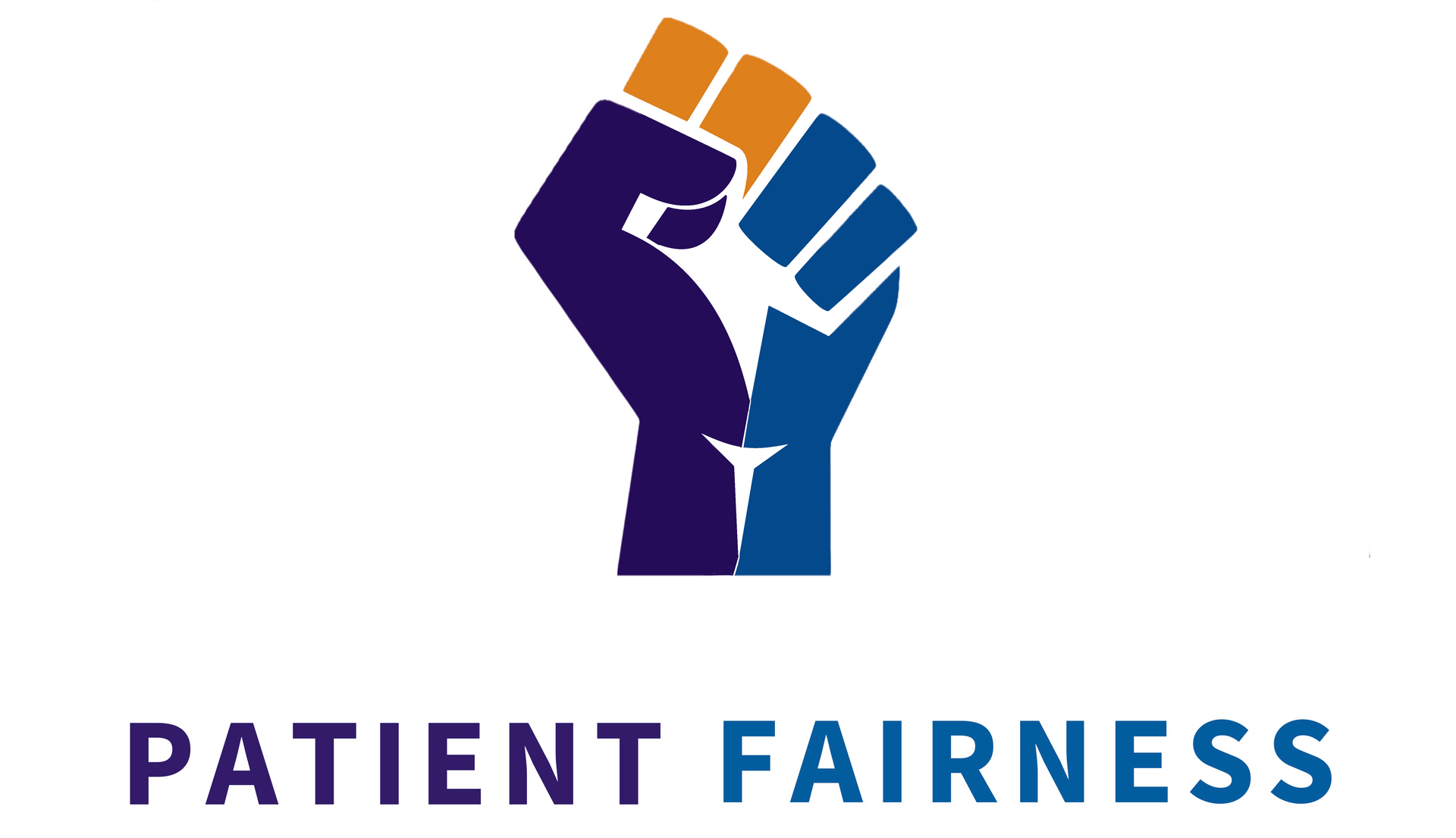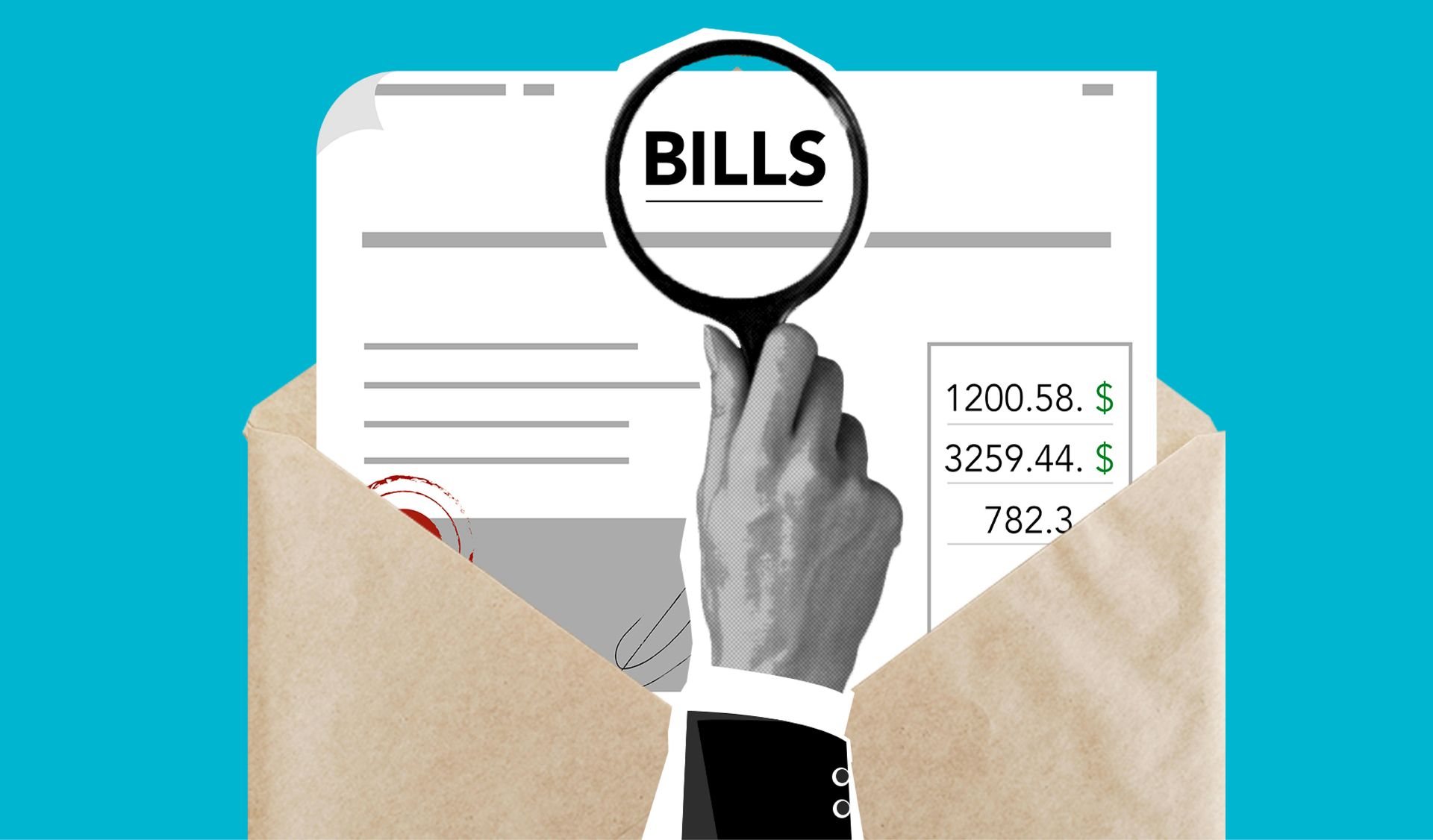Medical Debt and Credit Reporting: CFPB and State Regulations
For millions of Americans, medical debt isn't just a financial burden—it’s a barrier to opportunity. Whether applying for a mortgage, securing a job, or renting an apartment, your credit report can be a gatekeeper. In early 2025, the Consumer Financial Protection Bureau (CFPB) aimed to change that. However, a federal judge reversed the CFPB medical debt credit reporting rule this July. Even as national medical debt reporting rules are debated many state laws already exist to protect patients.
The CFPB’s “No Medical Debt Rule”: A Federal Effort Cut Short
In January, the CFPB finalized a sweeping new regulation known as the No Medical Debt Rule. The rule had two major parts:
- Prohibited credit reporting agencies like Equifax, Experian, and TransUnion from including medical bills on consumer credit reports.
- Barred lenders from using medical debt as a factor in lending decisions.
The rule was based on CFPB research that found medical debt to be a poor predictor of creditworthiness and often riddled with inaccuracies. In fact, many consumers reported being billed for services already covered by insurance or financial assistance programs.
The CFPB estimated this rule would:
- Remove $49 billion in medical debt from credit reports
- Boost credit scores for affected individuals by an average of 20 points
- Enable roughly 22,000 additional mortgage approvals annually
But the rule has not gone into effect.
Legal Challenges and the Rule’s Reversal
Originally scheduled to take effect March 6, 2025, the No Medical Debt Rule faced immediate pushback. In April, the CFPB—under newly appointed leadership—reversed its stance and joined a lawsuit arguing the rule exceeded its statutory authority.
On July 12, 2025, a U.S. district judge struck down the rule, stating that the Fair Credit Reporting Act did not authorize the CFPB to ban medical debt from credit reports.
Voluntary Industry Changes: What’s Already Been Removed?
Even without the federal rule, credit reporting practices around medical debt already are evolving.
In 2022, major credit bureaus—Equifax, Experian, and TransUnion—began removing paid medical collections and those under $500 from credit reports. They also changed the waiting period for reporting unpaid medical bills from six months to one year.
The Role of the States: A Growing Patchwork of Protection
As federal protections stall, many states have taken matters into their own hands.
As of mid-2025, these 13 states have enacted laws that ban the reporting of medical debt in consumer credit files:
- California
- Connecticut
- Colorado
- Illinois
- Maryland
- Minnesota
- New Jersey
- New York
- Oregon
- Rhode Island
- Vermont
- Virginia
- Washington
Chain of Dispute - Challenging Debt Collection and Credit Reporting Related to a Disputed Medical Bill
Patients may still have protections from erroneous debt collections and adverse credit reporting. It is important to dispute an alleged debt at each of its stages - a “chain of dispute”. A chain of dispute starts with a dispute of the medical bill from the provider. A medical bill is usually the basis for subsequent debt collection actions and adverse credit reporting. As such, dispute of the medical bill forms the foundation from which one can challenge debt collection and adverse credit reporting actions associated with that medical bill.
Link 1 of the chain of dispute entails the patient disputing the medical bill with the provider, clearly identifying issues and concerns about the bill. If the provider refers the medical bill to a collections firm, and the dispute is not yet resolved, the patient can dispute the validity of the debt with the collections firm (Link 2). The dispute of the debt with the collections firm argues that debt is not valid until the dispute of the medical bill is resolved. The final link of the chain of dispute (Link 3) is a complaint to a credit reporting agency, which will cite that the medical debt that has been disputed with the provider under the medical bill (Link 1), and with the collections firm under the debt validation process (Link 2).
Using the chain of dispute requires time and attention from patient, especially if one is not using a medical bill dispute service such as Patient Fairness, but may offer protection from adverse credit reporting even without additional federal or state limits on medical debt reporting.
What to Do and Expect Regarding Medical Debt Reporting
With the CFPB’s rule vacated and the agency shifting focus under new leadership, federal protections may not return anytime soon. However, even without CFBP or other federal initiatives, patients can be optimistic
- More states are considering banning medical debt from credit reports.
- Credit bureaus may continue to limit medical debt reporting voluntarily, under public and regulatory pressure.
- Patients can dispute a medical bill, and then use a chain of dispute to challenge any subsequent collections and adverse credit reporting actions.
Patient Fairness makes it easy for patients to dispute a problem medical bill, and then to challenge any subsequent collections and adverse credit reporting actions. Regardless whether one uses Patient Fairness or not, promptly disputing medical bills, and any subsequent, associated collections and credit reporting activities, are important ways for patients to protect themselves as consumers.











